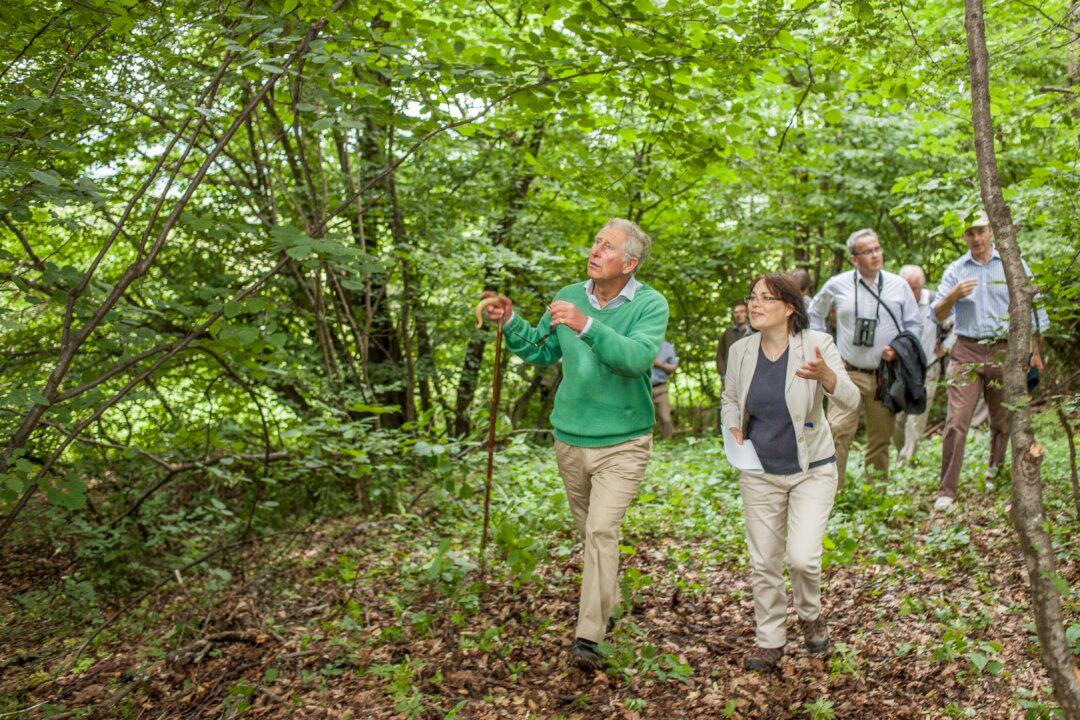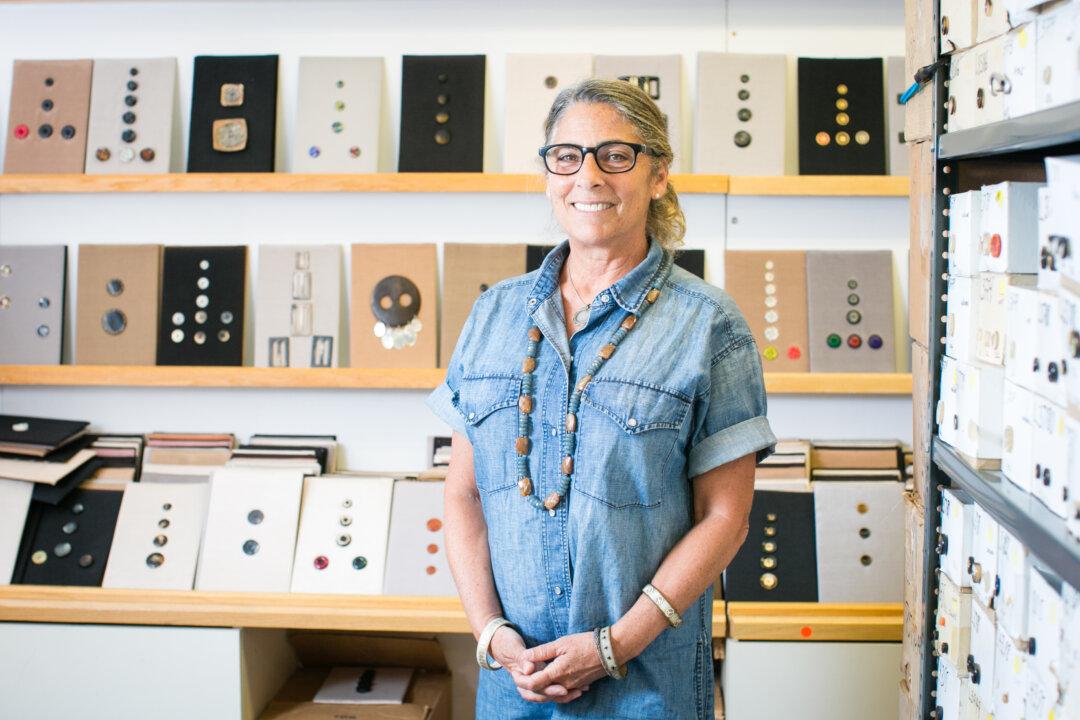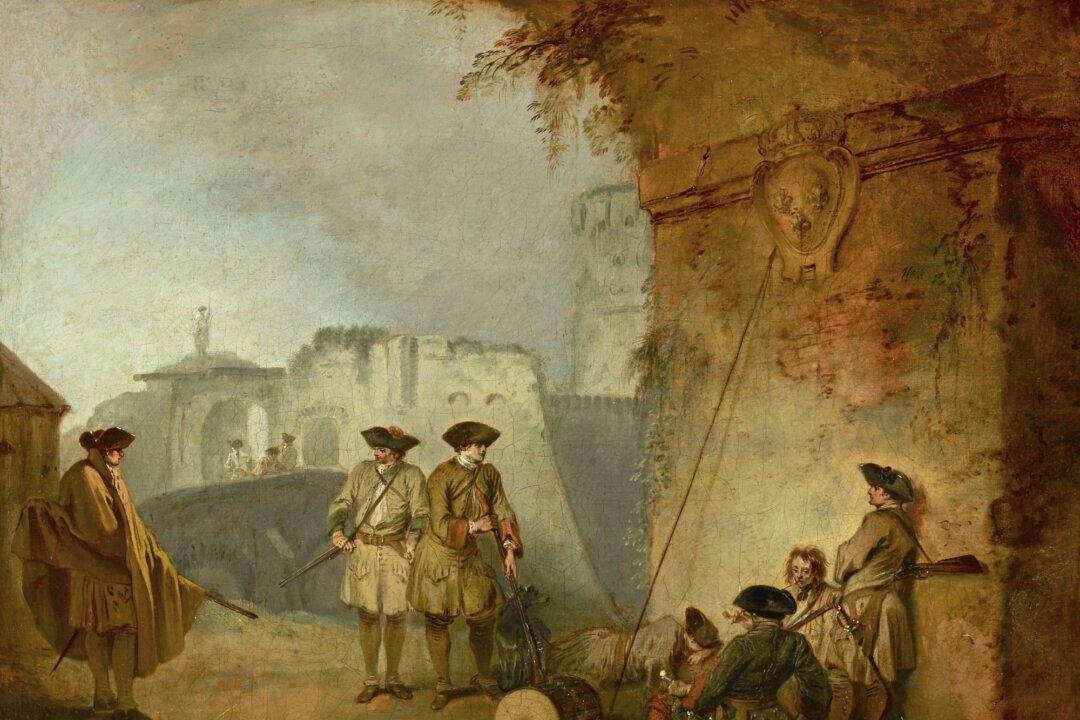VISCRI, Romania—Of all the foreign dignitaries who have visited Romania since the communist regime fell in 1989, none are as passionate about the country as Prince Charles, the Prince of Wales. He owns several properties in the region of Transylvania, and visits every spring surrounded by a media frenzy that never tires of asking the perennial question: Why Romania?
In an interview for the 2013 documentary “Wild Carpathia,“ Prince Charles said: ”The key thing about Romania, and Transylvania in particular, is that there’s so much we can learn from. It is the last corner of Europe where you see true sustainability and complete resilience, and the maintenance of entire ecosystems to the benefit of mankind and also for nature.”
Listening to Prince Charles, it would sound as if in Transylvania the wings of a butterfly cause greater quantum ripples in the fabric of our planet than anywhere else. Indeed, the ripples created by Prince Charles have changed the lives of the approximately 500 people who live in the small Saxon village of Viscri, and countless others. His unabashed love for Romania is also changing people’s perception of the country, at home and abroad.





